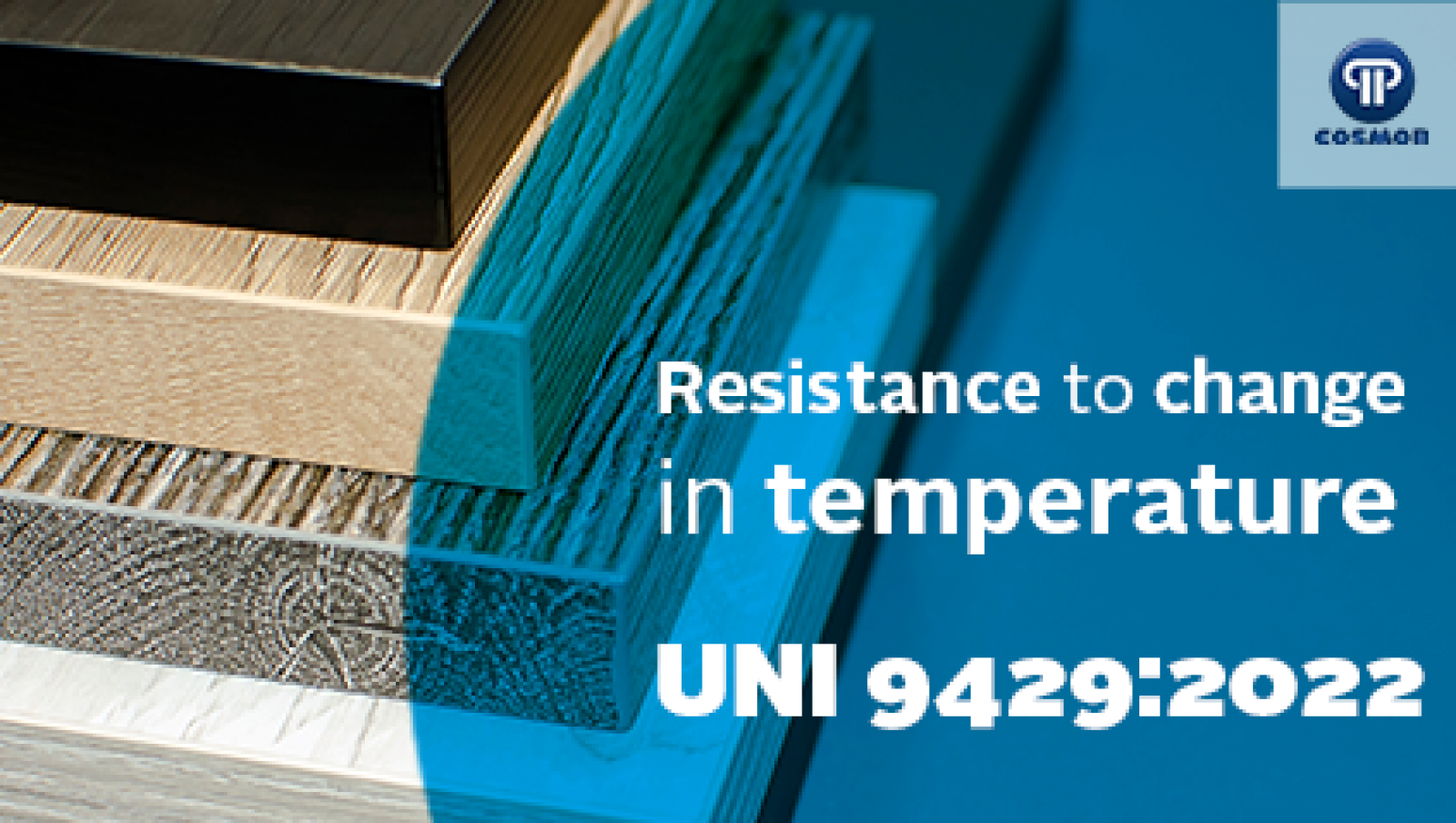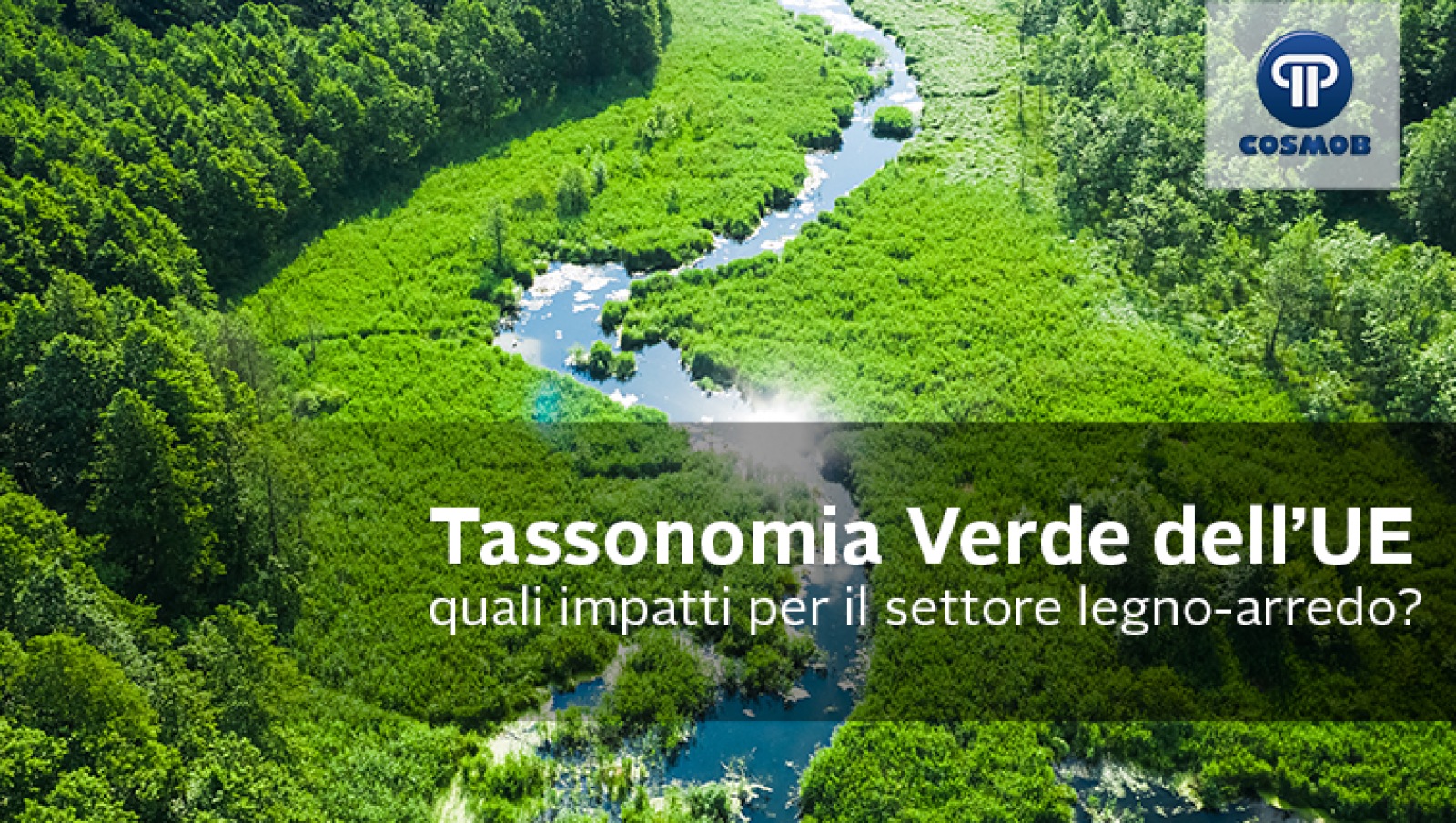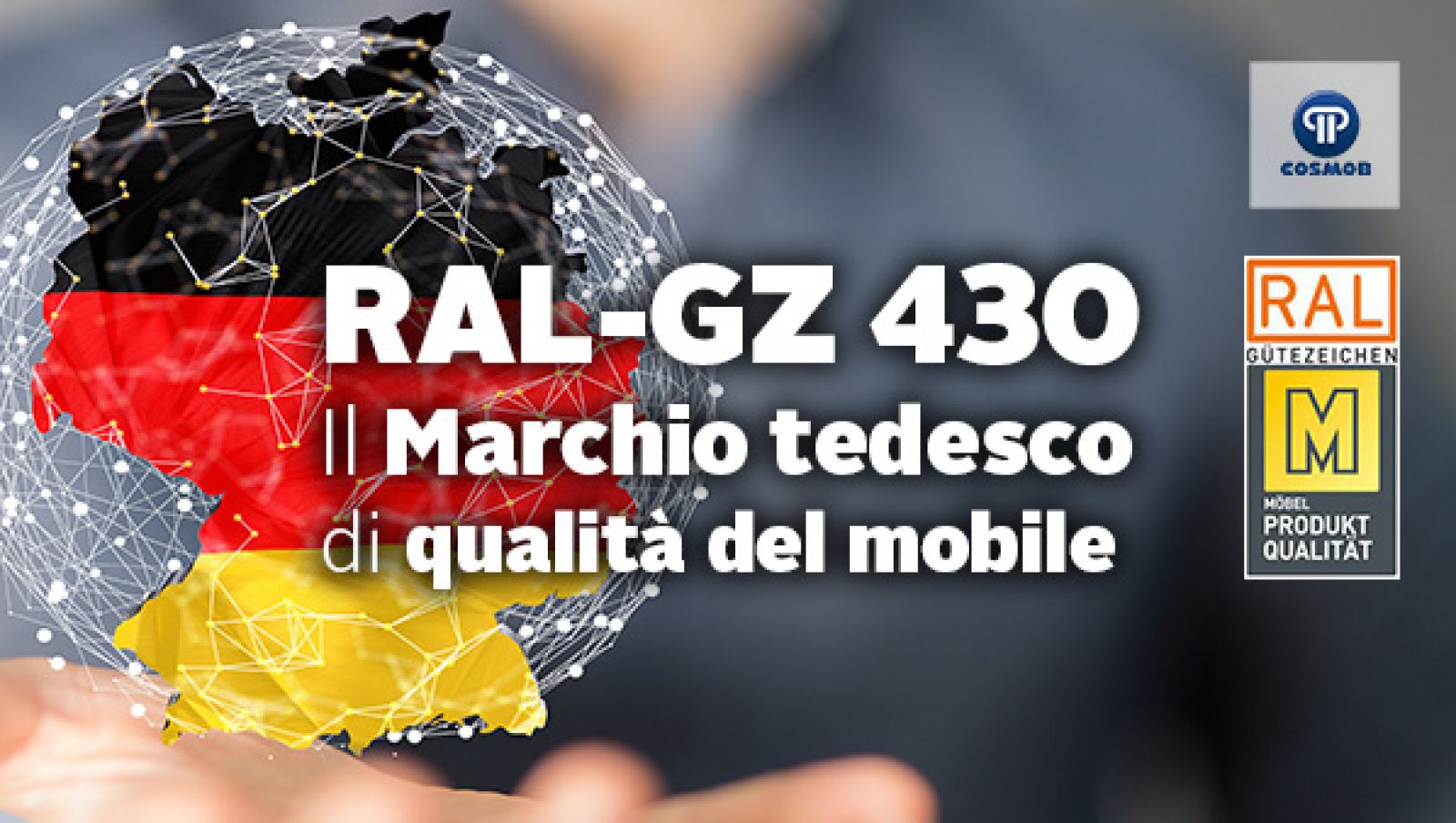Resistance of surfaces to temperature changes: the new UNI 9429
Monday, 25 July 2022
The main standard for assessing the effect of temperature changes on the surfaces of wooden artefacts and furniture has been updated. The standard does not apply to leather surfaces, coated fabrics, natural and synthetic textiles. The main changes introduced concern the typology and evaluation of tested samples: as far as the typology is concerned, the
- Published in Quality
No Comments
EU Green Taxonomy: What Impacts for the Wood-Furniture Sector?
Monday, 11 July 2022
Sustainability and the transition to a safe, climate-neutral, resource-efficient and circular economic growth model are relevant for increasing the competitiveness of European business. The concrete application of this model on a European scale needs to adopt a systemic and long-term approach geared towards eco-sustainability, as well as the definition of harmonised criteria and standards to
- Published in Innovation
RAL-GZ 430: the German furniture quality label
Thursday, 07 July 2022
The market is becoming progressively more attentive and receptive to issues such as quality, health and safety of furniture products, as they are present in the home and work spaces in which we tend to spend more and more time. What is RAL: the German furniture quality mark The RAL quality label identifies a ‘global’
- Published in Quality, Uncategorized






